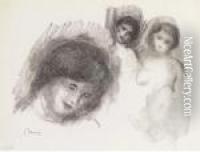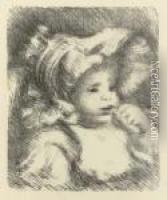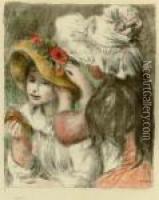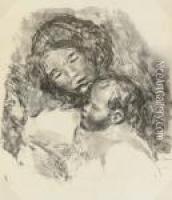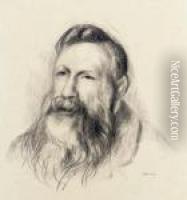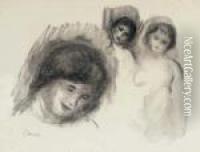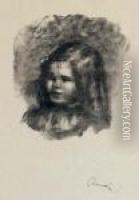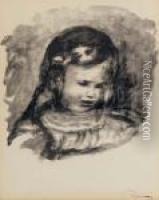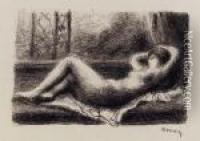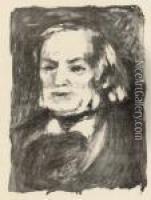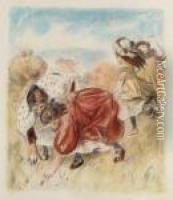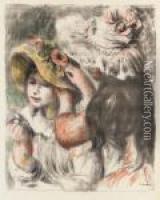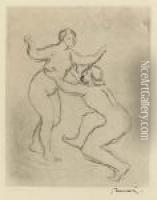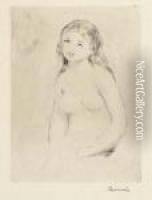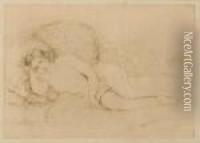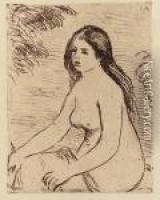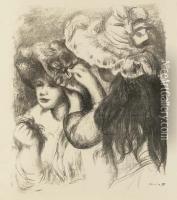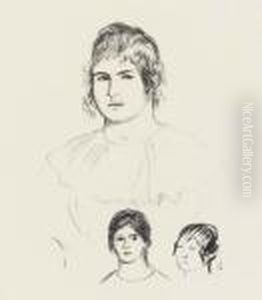Pierre Auguste Renoir Paintings
Pierre-Auguste Renoir was a French artist born on February 25, 1841, in Limoges, Haute-Vienne, France. Renoir was a leading painter in the development of the Impressionist style. As a boy, he worked in a porcelain factory where his drawing talents led to him being chosen to paint designs on fine china. Around the age of 21, Renoir started studying painting in Paris under Charles Gleyre. It was there that he met fellow artists Alfred Sisley, Frédéric Bazille, and Claude Monet. Together, they shared ideas and explored new approaches to art, leading to the Impressionist movement.
Renoir's early work was typically Impressionist snapshots of real life, full of sparkling color and light. By the mid-1870s, he had broken into the Paris art scene with his works being shown in the Paris Salon. In the late 1870s, Renoir's Impressionist technique reached its peak, with glorious works such as 'Le Moulin de la Galette' and 'Luncheon of the Boating Party' showcasing his talent for capturing the character and movement of light. Renoir's style began to change in the early 1880s after visiting Italy and being deeply influenced by Renaissance art. He began to focus more on the lines and form of his subjects, his work during this period is often referred to as his 'Ingres period'.
In the final decades of his life, Renoir developed rheumatoid arthritis, which severely limited his movement. Despite his disability, he continued to paint, and in later years he also took up sculpture, directing assistants to create the works he envisioned. Renoir died on December 3, 1919, at Cagnes-sur-Mer, Alpes-Maritimes, on the French Riviera. He left behind a prolific body of work and a legacy as one of the most celebrated and influential artists of his time. Renoir's art continues to be admired for its vibrancy, charm, and the joyfulness of its subject matter, embodying the ethos of Impressionism.
